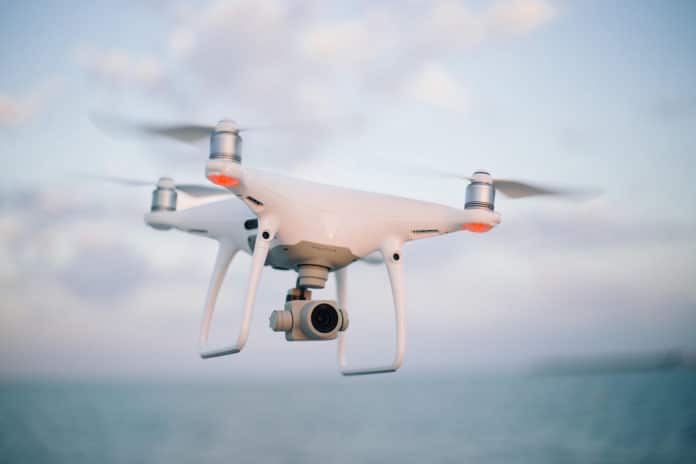The International Organisation for Standardisation (ISO) has released its first set of international standards that covers the quality, safety, security, and etiquette for unmanned aircraft systems (UAS).
In recent years, the applications of drones are expanded into a wide number of uses, such as surveying, monitoring, search-and-rescue operations, and more.
The publication of international safety and quality Standards for Unmanned Aircraft Systems (UAS) – ISO 21384-3 – are set to have a massive impact on the future growth of the drone industry throughout the world. The standards will help shape future regulation and legislation, and are expected to trigger a rapid acceleration in the use of aerial drones by organizations, ISO said.
Other emerging standards are for general specifications, product manufacturing, and maintenance, unmanned traffic management testing procedures.
The ISO standards reinforce compliance towards no-fly zones, local regulation, flight log protocols, maintenance, training, and flight planning documentation. They also demand that operators must have appropriate systems to handle data alongside communications and control planning during flight. Besides, the fail-safe human intervention is required for all drone flights, including autonomous operations, to ensure that drone operators are held accountable.
John Walker, Chair of the ISO subcommittee that developed the standard, said there are hundreds of applications for small UAS alone that will benefit from this standard, including construction, safety, security, mining, maritime operations, and more.
“The range of applications is growing fast, but at the same time, the industry is very much in its infancy, and there are a number of key obstacles to overcome before large-scale commercialization is achieved,” he said.
“ISO 21384-3 will help resolve those challenges by providing an airworthiness framework for the global UAS industry, allowing for safer and more widespread use.”
Walker and his team are also working on several complementary standards that will address other aspects, such as safety, quality, and terminology. “Together, these standards will enable the development of new applications for UAS far beyond that which we see now,” said Walker.
